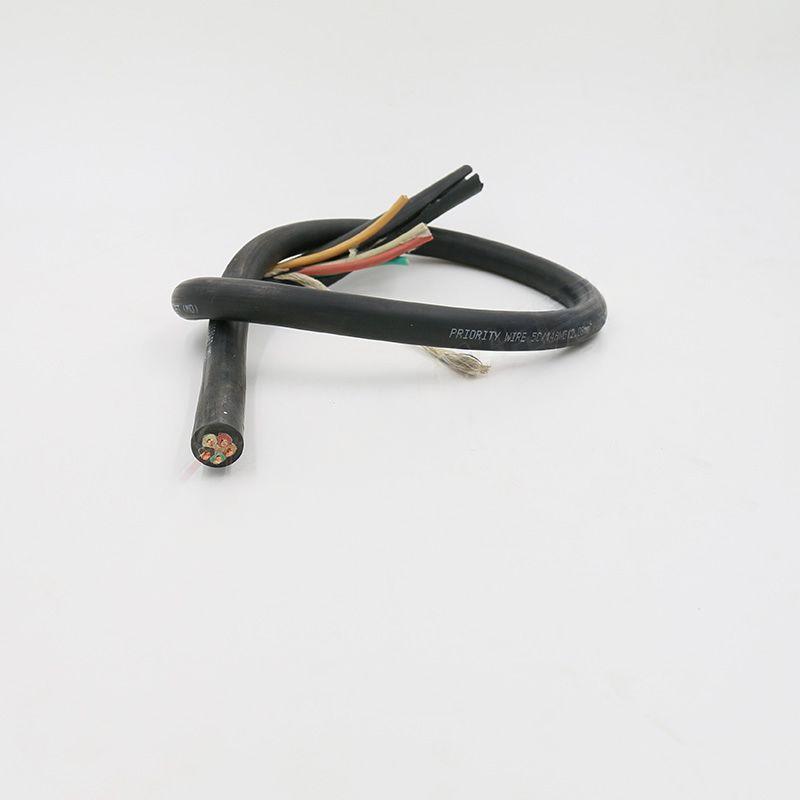Dec . 19, 2024 11:58 Back to list
resilient seated gate valve
The Resilient Seated Gate Valve An Essential Component in Modern Pipelines
In the realm of fluid management, the resilience and reliability of valves are pivotal. Among various types, the resilient seated gate valve stands out due to its unique functionality and advantageous features. This article explores the significance, design, functionality, and applications of resilient seated gate valves in modern pipeline systems.
Understanding Resilient Seated Gate Valves
A resilient seated gate valve is a type of gate valve designed with a resilient material, typically rubber or elastomer, forming a seal around the gate. This innovation significantly enhances the valve's sealing capability, reducing the risk of leaks even under challenging conditions. The primary purpose of a gate valve is to provide a straightforward, linear flow of fluid while entirely blocking it when closed. This operation is crucial in pipelines where full flow or complete shutoff is necessary.
Key Features and Benefits
1. Enhanced Sealing Performance The resilient seat ensures a tight seal with minimal leakage, which is vital for both environmental safety and operational efficiency. The flexible material compresses against the gate, improving the tightness beyond that of traditional metal-to-metal seated valves.
2. Durability and Longevity Resilient seated gate valves are typically constructed from corrosion-resistant materials, ensuring their longevity in harsh environments. Their robust design allows them to withstand high pressures and temperatures, making them suitable for a range of applications.
3. Ease of Operation These valves are designed for easy actuation. They can be operated manually or with actuators, simplifying systems where remote operation is needed. The design minimizes the required force to turn them, making them user-friendly.
resilient seated gate valve

4. Maintenance With fewer parts and a simpler design, resilient seated gate valves require less maintenance compared to more complex valve systems. Routine checks and standard operational upkeep are often sufficient to keep them in optimal condition.
5. Versatility Resilient seated gate valves can be employed in various sectors, including water treatment, sewage, industrial processes, and fire protection systems. Their applicability across multiple industries showcases their adaptability.
Applications in Industries
In the water and wastewater industry, resilient seated gate valves play a significant role in managing flow and preventing backflow. Their ability to handle potable water and wastewater makes them indispensable in municipal systems. In industrial contexts, these valves are employed for controlling the flow of chemicals and process fluids, where their durability under various conditions is crucial.
Additionally, in fire protection systems, resilient seated gate valves are utilized to manage water supply in emergency situations, ensuring reliable functionality when it matters most. Their ability to maintain a secure seal helps protect vital infrastructure and communities.
Conclusion
The resilient seated gate valve exemplifies how innovation in valve technology can enhance fluid management systems. Their superior sealing ability, durability, ease of operation, minimal maintenance requirements, and versatility contribute to their widespread adoption across various sectors. As infrastructure continues to evolve and the demand for efficient fluid management increases, resilient seated gate valves will undoubtedly remain a cornerstone in both new installations and retrofitting existing systems. Understanding their benefits and applications guarantees that industries can adapt to the ever-changing technological landscape, ensuring safe and efficient fluid transport.
Share
-
Reliable Wafer Type Butterfly Valves for Every IndustryNewsJul.25,2025
-
Reliable Flow Control Begins with the Right Ball Check ValveNewsJul.25,2025
-
Precision Flow Control Starts with Quality ValvesNewsJul.25,2025
-
Industrial Flow Control ReliabilityNewsJul.25,2025
-
Engineered for Efficiency Gate Valves That Power Industrial PerformanceNewsJul.25,2025
-
Empowering Infrastructure Through Quality ManufacturingNewsJul.25,2025